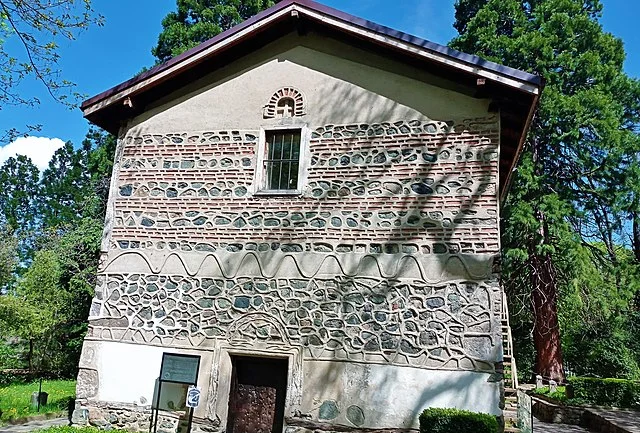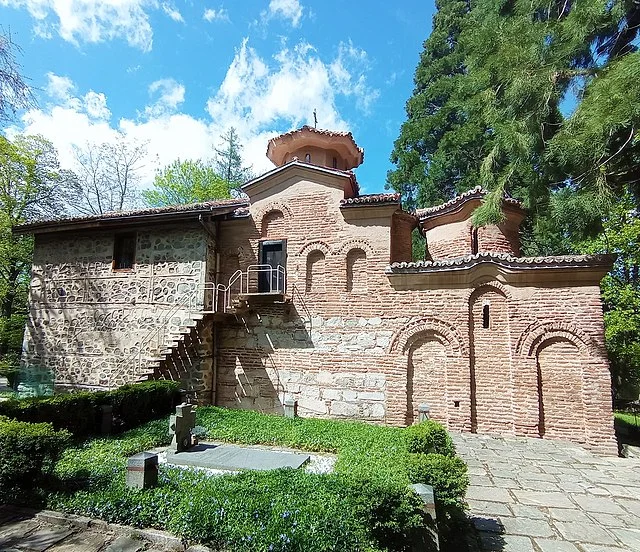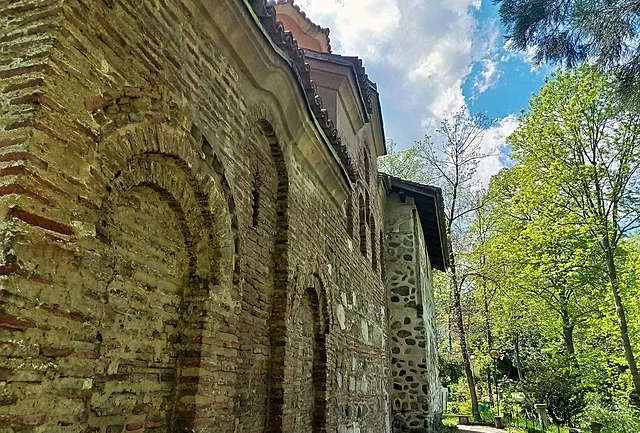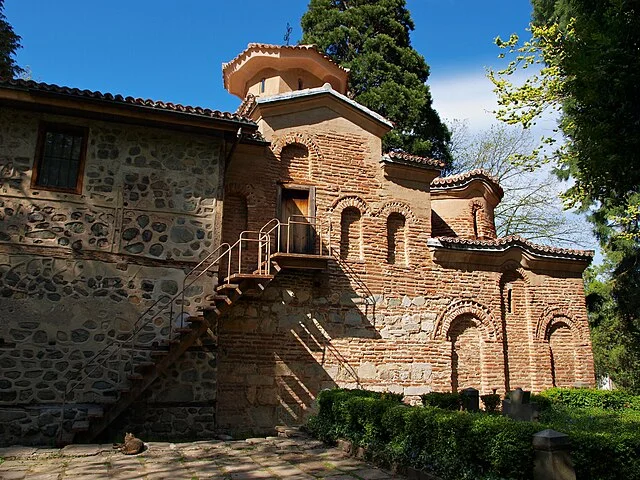Boyana Church is a significant medieval Bulgarian landmark. It is located on the outskirts of Sofia, the capital of Bulgaria. The church is famous for its stunning frescoes, which are among the best-preserved in Europe. It is listed as a UNESCO World Heritage site, recognized for its exceptional artistic and historical value.
Get your dose of History via Email
History and Architecture

Boyana Church consists of three main sections. The oldest part, the lower church, dates to the 10th century AD. It was built during the reign of the Bulgarian Empire under Tsar Samuil. The church underwent significant expansion in the 13th century AD, under the patronage of the noble family of the Boyana. The expansion added a second floor, making the church a two-story structure.
The building’s architecture follows the typical style of medieval Bulgarian churches. It has a cruciform shape, with a central dome supported by four pillars. The interior is divided into three parts: the nave, the narthex (vestibule), and the sanctuary. The walls of the church are covered with frescoes, which are the most remarkable aspect of the structure.
The Frescoes

The frescoes in Boyana Church are unparalleled in terms of their artistic quality and historical significance. They cover the walls of both the lower and upper floors of the church. The upper church’s frescoes were painted in 1259 AD by the renowned artist Zahari Zograf, a master of Byzantine iconography.
The frescoes depict scenes from the life of Christ, the Virgin Mary, and various saints. One of the most significant features of the frescoes is their naturalistic style. Unlike earlier medieval art, which followed rigid conventions, the Boyana frescoes show a more humanized and expressive representation of figures. This style was a precursor to the Renaissance, making the church an important link between Byzantine and Western European art.
One of the most famous frescoes is the image of the “Lamentation of Christ.” It portrays Christ’s body being mourned by his followers after the crucifixion. This scene is rendered with remarkable emotional depth, a feature uncommon in Byzantine religious art.
The frescoes in the lower church date from an earlier period. These are less well-preserved but still offer valuable insights into the artistic practices of the time.
Cultural Significance

Boyana Church represents a key moment in the development of medieval Bulgarian culture. The church’s frescoes offer a window into the religious and artistic ideals of the period. The style of the Boyana frescoes influenced later Bulgarian art and continued to shape religious iconography in the region.
The church also reflects the strength of the Bulgarian state in the 13th century AD. It highlights the role of the nobility in supporting the arts and religion. The Boyana family, who funded the church’s expansion and decoration, played an important role in the Bulgarian court during the period.
Preservation and Protection

Boyana Church is one of the best-preserved examples of medieval Bulgarian architecture and art. The frescoes, in particular, have been carefully preserved due to the church’s remote location and lack of major destruction throughout history. In 1979 AD, the church was added to the UNESCO World Heritage list for its exceptional artistic and historical value.
Today, the church is a popular destination for tourists and scholars alike. Efforts to protect the site have ensured that it remains in excellent condition. Visitors can view the frescoes and learn about the church’s rich history and cultural significance.
Conclusion
Boyana Church is a valuable cultural and historical treasure. Its architecture and frescoes offer a deep understanding of medieval Bulgarian society, art, and religion. The church’s preservation ensures that future generations will be able to appreciate its significance. As a UNESCO World Heritage site, it stands as a testament to the artistic achievements of the medieval period and the enduring cultural legacy of Bulgaria.
Source:

